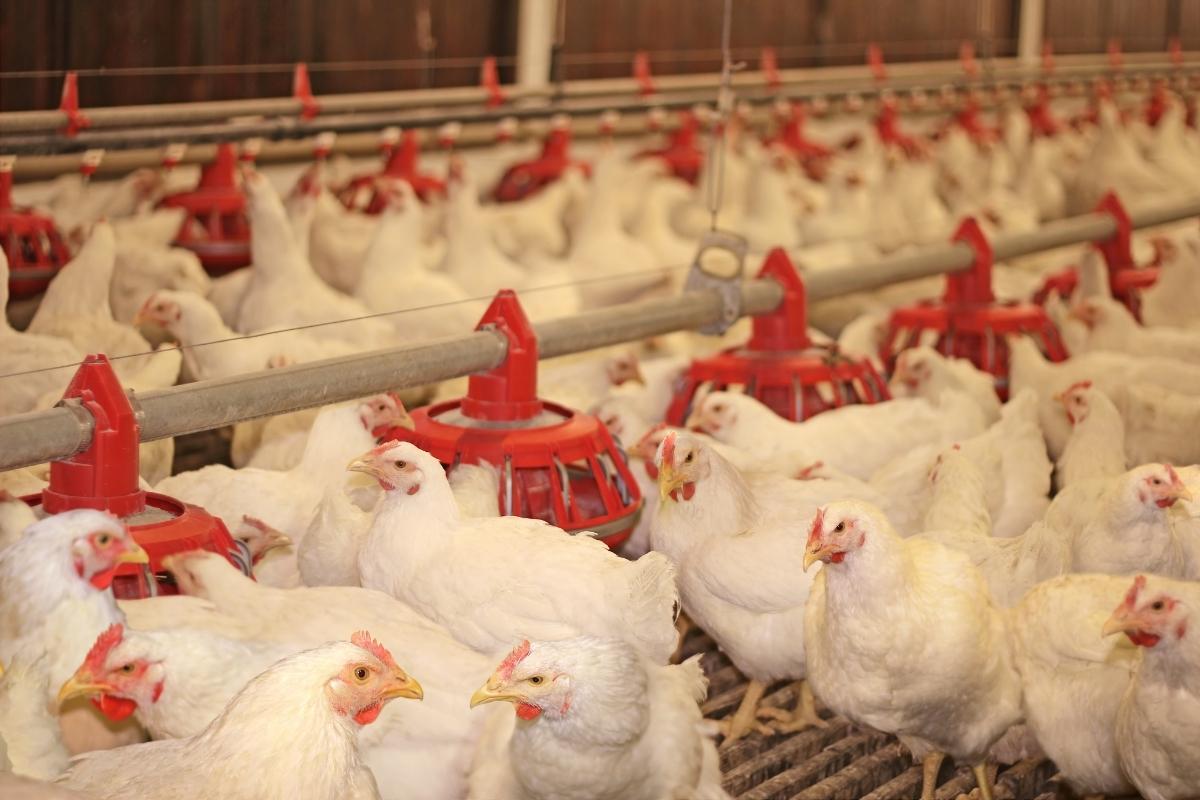Comparative genome analysis of Escherichia coli bacteriophages
The food industry faces an increasing challenge in the form of E. coli, a bacterium that can cause serious illness when consumed in contaminated food.
Traditional control methods include hygiene practices and the use of antimicrobials, but alternative approaches such as phage biocontrol may also hold promise.
In this study, two phages – vTw01 and vTcm05 – were isolated from wastewater and chicken meat, respectively, and evaluated for their ability to infect E. coli. Each exhibited different characteristics, such as narrow or wide host range and different latency and outbreak times.
This research adds to the growing body of evidence supporting the potential use of phages for biocontrol of E. coli contamination in the food industry. It also underscores the importance of continuing to explore new approaches to controlling foodborne illness outbreaks caused by this dangerous pathogen.
The authors Thawatchai Kitti, Supat Kongfak, Udomluk Leungtongkam, Rapee Thummeepak, Kannipa Tasanapak, Aunchalee Thanwisai, and Sutthirat Sitthisak published these findings in the article Comparative genome analysis of Escherichia coli bacteriophages isolated from sewage and chicken meat, dated 2 July 2022.
Topics:
- Escherichia coli is a bacterium that causes severe foodborne illness and is mainly transmitted to humans through contaminated food.
- In this study, two bacteriophages (phages) that infect Escherichia coli, vB_EcoM_Tw01 and vB_EcoM_Tcm05, were characterized.
- Both phages belong to the Myoviridae family based on their morphology. vB_EcoM_Tw01 has a narrow host range with low minimal inhibitory multiplication of infection (miMOI), while vB _ EcoM _ Tcm05 has a broad host range with high miMOI.
- The latencies of these phages were 20 and 30 min for vTw01 and vTcm05, respectively, while the burst sizes were ∼140 and ∼300 PFU/cell, respectively. They were relatively stable over a wide range of pH values and temperatures.
- The genome sequence showed that both phages had double-stranded DNA with genome sizes of 170,107 bp and 149059 bp, respectively. The enzymes encoded by the bacteriophages, such as the tail lysozyme and the spanin Rz.

Abstract
Escherichia coli, a bacterium that causes severe foodborne diseases, is transmitted to humans primarily through the consumption of contaminated foods.
These foodborne pathogens are causing a public health problem that requires alternative control approaches, such as bacteriophage (phage) biocontrol.
In this study, we characterized vB_EcoM_Tw01 (vTw01) isolated from sewage and vB_EcoM_Tcm05 (vTcm05) isolated from chicken meat. Both vTw01 and vTcm05 were assigned to the family Myoviridae based on their morphology, with the former exhibiting a narrow host range with low minimum inhibitory multiplicity of infection (miMOI), and the latter exhibiting a broad host range with high miMOI.
The latent periods of these phages were 20 and 30 min for vTw01 and vTcm05, while the burst sizes were ∼140 and ∼300 PFU/cell, respectively. They were relatively stable over a wide range of pH values and temperatures. The bioinformatics analysis of the genomic sequence suggests that vTw01 and vTcm05 have double-stranded DNA with genome sizes of 170,107 bp and 149,059 bp, respectively.
Bacteriophage encoded enzymes, such as tail-lysozyme, spanin Rz, holin, cell wall hydrolase (CWH), and endolysin, were identified in the genome of both phages.
In conclusion, this study investigated the morphological, physiological, and genomic features of two E. coli phages isolated from different sources.
It was confirmed that these phages and their enzymes can serve as potential candidates for phage biocontrol.
Keywords: Chicken meat; Comparative genome; E. coli phage; Sewage.
Copyright © 2022. Published by Elsevier B.V.

 Phage Products for Fighting Antimicrobial Resistance
Phage Products for Fighting Antimicrobial Resistance
